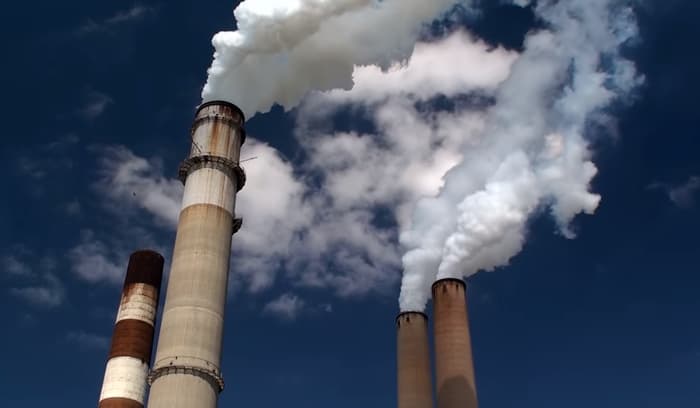Researchers studying NASA satellite data on the Earth's vegetation coverage have discovered that plants have significantly increased their leaf cover over the last 35 years to the point that new growth across the planet is equivalent to an area twice as large as the continental United States. According to the study, the largest contributor to this greening is the growing level of carbon dioxide (CO2) in the atmosphere.
Using data collected from instruments such as NASA's Moderate Resolution Imaging Spectrometer mounted on the AquaProbe satellite and the National Oceanic and Atmospheric Administration's Advanced Very High Resolution Radiometer (such as that deployed on NOAA's DSCOVR satellite), an international team of researchers has determined that CO2 fertilization explains fully 70 percent of the greening effect observed.
Of the approximately 10 billion tons of carbon spewed into the atmosphere from human-created sources every year, about 50 percent is stored for the short-term in the oceans and in plants. Generally, this has been shared relatively evenly between vegetation and the seas acting as carbon sinks. Now, with an increased level of uptake in plants, as demonstrated by their increased leaf growth, there may be a slight shift in that storage towards the vegetation on land.
"While our study did not address the connection between greening
and carbon storage in plants," said research participant Shilong
Piao of the College of Urban and Environmental Sciences at Peking
University. "Other studies have reported an increasing carbon sink
on land since the 1980s, which is entirely consistent with the idea
of a greening Earth."
As is well known, CO2 is vital for the biological process of
photosynthesis in plants where leaves harness energy from sunlight
to combine CO2 with water and minerals from the soil to create
sugars. So increasing the available CO2 simply spurs growth by
providing more of the gas required to feed the plant.
However, CO2 fertilization isn't the only factor involved; it may be a large proportion, but another greenhouse gas produced as a by-product of human activities, nitrogen, is responsible for almost a further 10 percent of the observed greening, according to the researchers.
"The second most important driver is nitrogen, at 9 percent," said professor Ranga Myneni, from Boston University. "So we see what an outsized role CO2 plays in this process."
Adding to CO2 and nitrogen's role in the process is also land cover use change by humans, climate change influenced by increases in global temperature, and subsequent alterations to rainfall and sunlight patterns all brought about by global warming. In this way, all aspects contributed to the greening effect and, though CO2 was by far the largest contributor, it is predicted that its influence can only improve plant growth so far before increasing levels can no longer be absorbed by vegetation.
"Studies have shown that plants acclimatize, or adjust, to rising
carbon dioxide concentration and the fertilization effect diminishes
over time," said Dr. Philippe Ciais, associate director of the
Laboratory of Climate and Environmental Sciences, Gif-suv-Yvette,
France.
As a result, whilst the increasing CO2 concentrations in the
atmosphere may be beneficial to plants in the short term,
it still remains the major contributor to rapid climate change.
Keeping heat in the Earth's atmosphere by reducing longwave heat
radiation into space, CO2 has been on the rise since the dawn of the
industrial era, and continues to increase as we burn more fossil
fuels for energy production.
Concentrations haven't been as high as they are today for at least the past 500,000 years, and climate change is increasing the temperature of the planet, forcing sea levels to rise, glaciers and sea ice to melt, and adversely increasing severe weather patterns and increasing storm strength.
"[The extent of the greening over the past 35 years] has the
ability to fundamentally change the cycling of water and carbon in
the climate system," said lead Zaichun Zhu, a researcher from Peking
University, China, a lead author on the climate study.
So, whilst the favorable effects of CO2 on plants may both improve the capacity and production of vegetation on Earth, it is almost certainly only a short-term beneficial by-product of a much greater problem, particularly when plants can no longer absorb any more and oceans are full to capacity with this gas. At that point we will have a much, much greater problem on our hands, no matter how green our trees may be.
The research paper was recently published in the journal Nature Climate Change.
The video below is NASA's short take on the research.
Source: NASA


